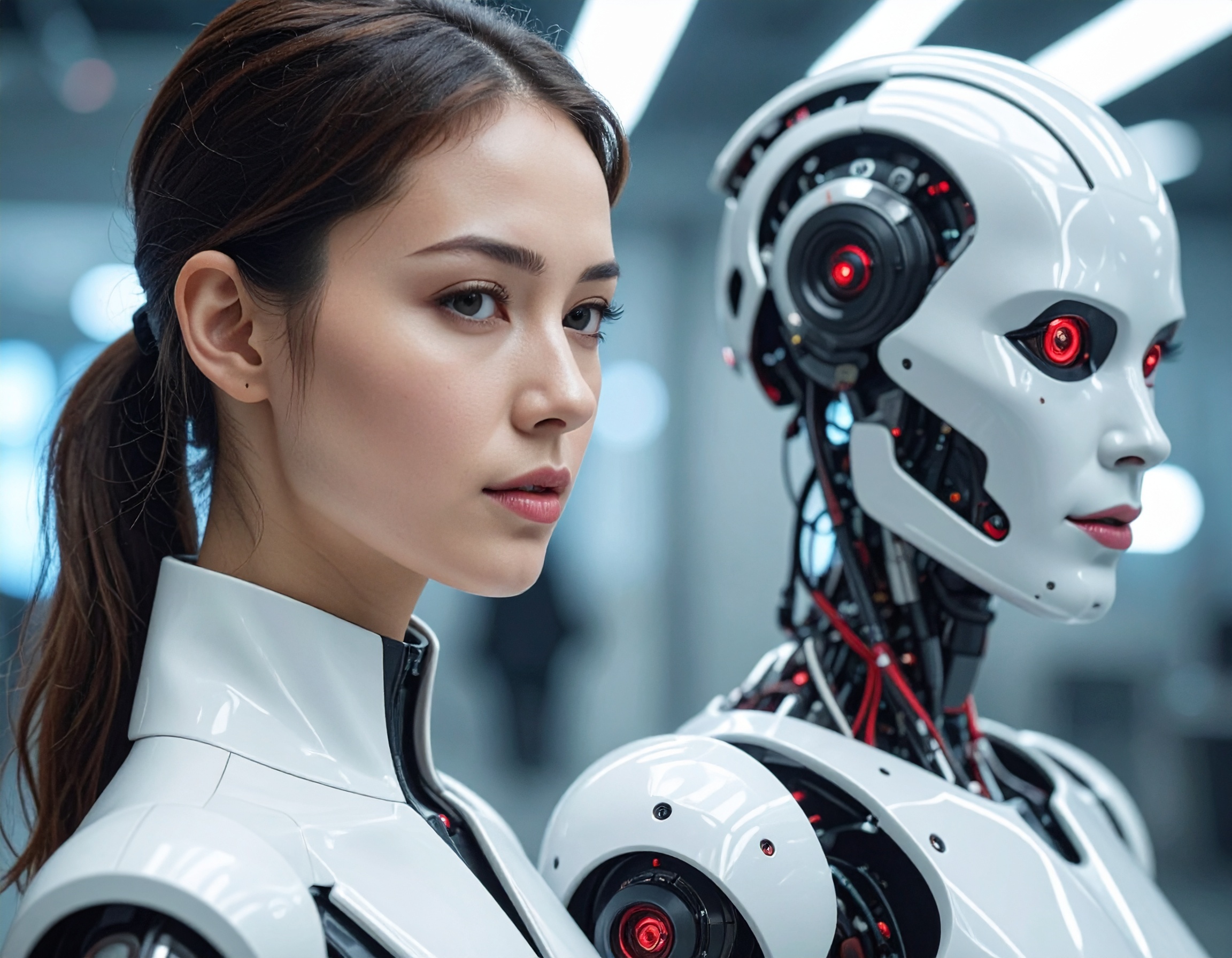Silver-Haired Market: Home Appliance Giants Bet on Robots as “Smart Home Entrance”

When Companion Robots Met Smart Homes
On September 4, 2025, a thoughtful exploration appeared in 36Kr’s AgeClub, highlighting a pivotal shift in AI for elder care: functional AI companion robots gaining traction not merely as cute companions, but as core smart-home “butlers.” This trend was spotlighted at major events like CES 2025 and WAIC 2025, where both established home electronics giants and startups turned their sights toward developing practical robots capable of assisting older adults in daily life .
Functionality First, Emotion Optional—for Now
In the AI companion robot space, a clear divide has emerged:
- Technology giants like Samsung and LG are building robots as physical, functional “home management centers”—think of a tangible version of a smart speaker that moves, monitors, and orchestrates home devices efficiently .
- Conversely, startups and niche innovators are pursuing an “emotion-first” path, emphasizing fuzzy companionship and emotional engagement via Voice AI agents or plush-like interfaces .

Leading Examples of Functional AI Companions
Samsung’s Ballie
Recently showcased at CES 2025, Ballie is a spherical, roaming AI Employee that integrates LiDAR, infrared, and cameras with Samsung’s smart ecosystem. It autonomously handles tasks like turning on lights or AC, offering sleep or exercise suggestions, projecting greetings, and even monitoring pets—it’s designed as a proactive, functional elder-care non-human worker .
LG’s Two-Legged Butler
LG’s humanoid Voice AI Agent analyzes users’ facial expressions and speech to interact meaningfully, adjust home devices, and embody a “zero-labor household” model. It greets residents, infers mood, and responds accordingly—bridging intelligent convenience with human awareness .
Why This Matters—Advantages and Constraints
Practicality and Impact:
- Helps elders control electronics easily via voice and movement.
- Offers health monitoring, medication reminders, and alerts in emergencies.
- Seamlessly integrates into smart home systems, delivering convenience and security.
Limitations to Consider:
- Efficacy depends heavily on having a comprehensive, often brand-specific smart home ecosystem.
- For many seniors, there may still be a learning curve to adopt these systems comfortably.
- The focus on function over emotion may make robots feel cold—lacking the warmth and emotional depth some elderly users crave .
Market Trends: Growth and Convergence Ahead
The demand is undeniably strong: the global elderly-care robot market was estimated at ¥1.53 billion in 2024, and is projected to skyrocket toward ¥20.45 billion by 2031, with a staggering compound annual growth rate of 45.1% .
The future likely lies in fusion models—robots that combine robust AI Employee-like functionality with the emotional resonance of companion-focused designs. For instance:
- ZTE’s “Mochi” combines a friendly, emotional interface with connectivity to an AI cloud ecosystem, enabling voice control, data sync, and future features like voiceprint recognition .
- Fourier Intelligence’s GR-3 offers a human-like appearance and gentle emotional responsiveness, alongside capabilities like locomotion, health monitoring, and rehab assistance—serving both emotional companionship and practical caregiving .
Key Highlights:
- Date & Context: Article published September 4, 2025, amid growing interest in AI for elder care following CES & WAIC.
- Two Paths:
- Tech giants (e.g., Samsung, LG) develop functional robots, bridging smart homes as mobile non-human workers (like Ballie, LG’s butler).
- Startups lean toward emotion-first companions, prioritizing warmth and affective interaction.
- Notable Examples:
- Samsung Ballie: proactive, omni-functional AI butler integrated into a smart ecosystem.
- LG humanoid robot: emotion-aware, speech-responsive home assistant.
- Why It Matters:
- Solves real issues for elderly users (control, safety, health).
- Market shows explosive projected growth; functionality wins parental approval.
- Challenges:
- Dependence on full smart home infrastructure.
- Usability hurdles for seniors.
- Emotional disconnect—many robots still feel cold.
- Future Direction:
- Blending utility and warmth (e.g., ZTE’s Mochi, Fourier’s GR-3) will define the next wave of elder-care AI.
Reference:


